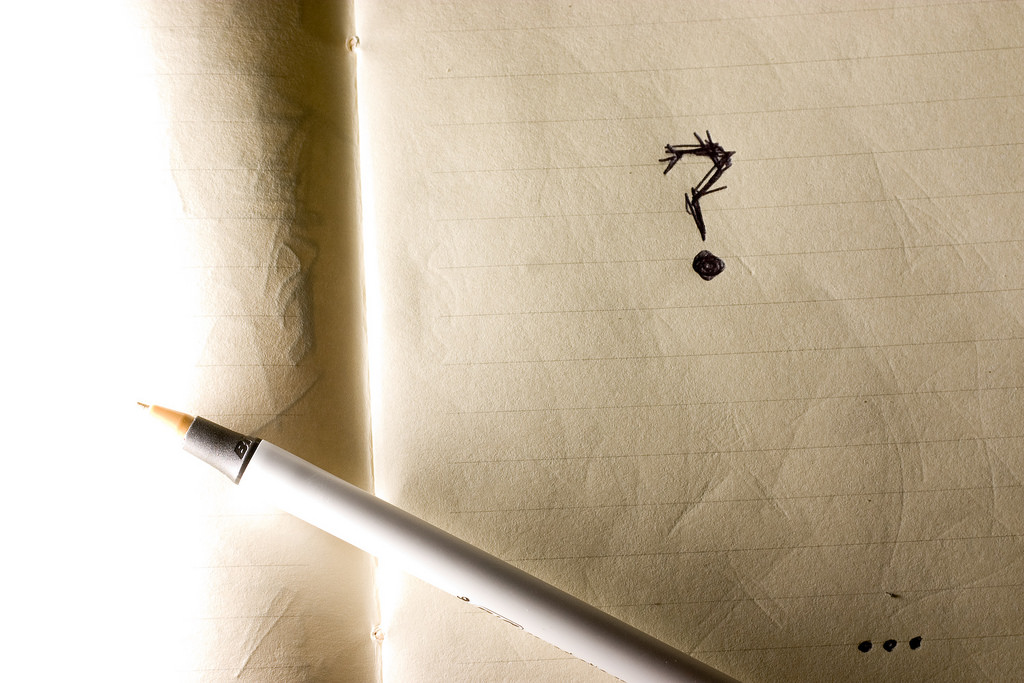How To Protect Your Creative Work: A Quick Guide
By Dr. Tyra Seldon
Imagine that you’ve spent a considerable amount of time creating your version of a masterpiece. Whether it is a painting, a book, a musical score, software, or a graphic design logo, a person’s creative and intellectual property is often a reflection of his/her time, resources, and talents.
There is also the potential monetary value that is attached to one’s work and a sense of pride.
Now imagine that same aforementioned masterpiece being stolen by someone else. Ultimately, the theft of creative property rental actual property is real. With the proliferation of social media and the ease in which we often share or even overshare our work, it is easy sometimes in our excitement to disseminate information to others that we don’t go through the proper channels to make sure that our work is protected.
But operating under the assumption of good will is not enough. Creative entrepreneurs, in particular, must be careful. Being diligent about protecting one’s intellectual and creative property may require a few extra steps, but being proactive is worth avoiding the heartache of potentially being tied up in litigation years later.
And it may not be as difficult as you might think.
DIY (Do-It-Yourself)
For those of you who may be thinking that hiring an intellectual property lawyer is not amenable right now, protecting your work can actually be a DIY endeavor.
Depending on the nature of your content, you may want to consider registering your work with the Library of Congress. The fees are nominal depending on what you are copyrighting. Although ownership begins with creation, it is important, in my opinion, to have a paper trail.
Why?
Registration is recommended for a number of reasons. Many choose to register their works because they wish to have the facts of their copyright on the public record and have a certificate of registration. Registered works may be eligible for statutory damages and attorney’s fees in successful litigation.
Copyrighting Your Work
Finally, if registration occurs within five years of publication, it is considered prima facie evidence in a court of law. See Circular 1, Copyright Basics, section “Copyright Registration” and Circular 38b, Highlights of Copyright Amendments Contained in the Uruguay Round Agreements Act (URAA), on non-U.S. works. (https://www.copyright.gov/registration/).
Contrary to popular belief, the poor man’s copyright, or emailing/mailing content to yourself to get a date and time stamp, is not recommended. The Library of Congress notes that, “There is no provision in the copyright law regarding any such type of protection, and it is not a substitute for registration.”
Trademark or Patent?
If copyrighting is not the best option for your work, you may want to think about trademarking or patenting it. The United States Patent and Trademark Office provides extensive information as to what content should be trademarked or patented and the process for doing so. Check out: https://www.uspto.gov/learning-and-resources/support-centers/trademark-assistance-center
Still Not Sure
And if you are not sure if you need one, or all three, check out this helpful video that differentiates between trademarks, patents, and copyrights: https://www.uspto.gov/trademarks-getting-started/trademark-basics/trademark-patent-or-copyright
To learn more or to schedule a consultation with Dr. Seldon, e-mail: staff@seldonwritinggroup.com
A version of this blog first appeared in Freelancer’s Union
Photo Credit: foter.com
